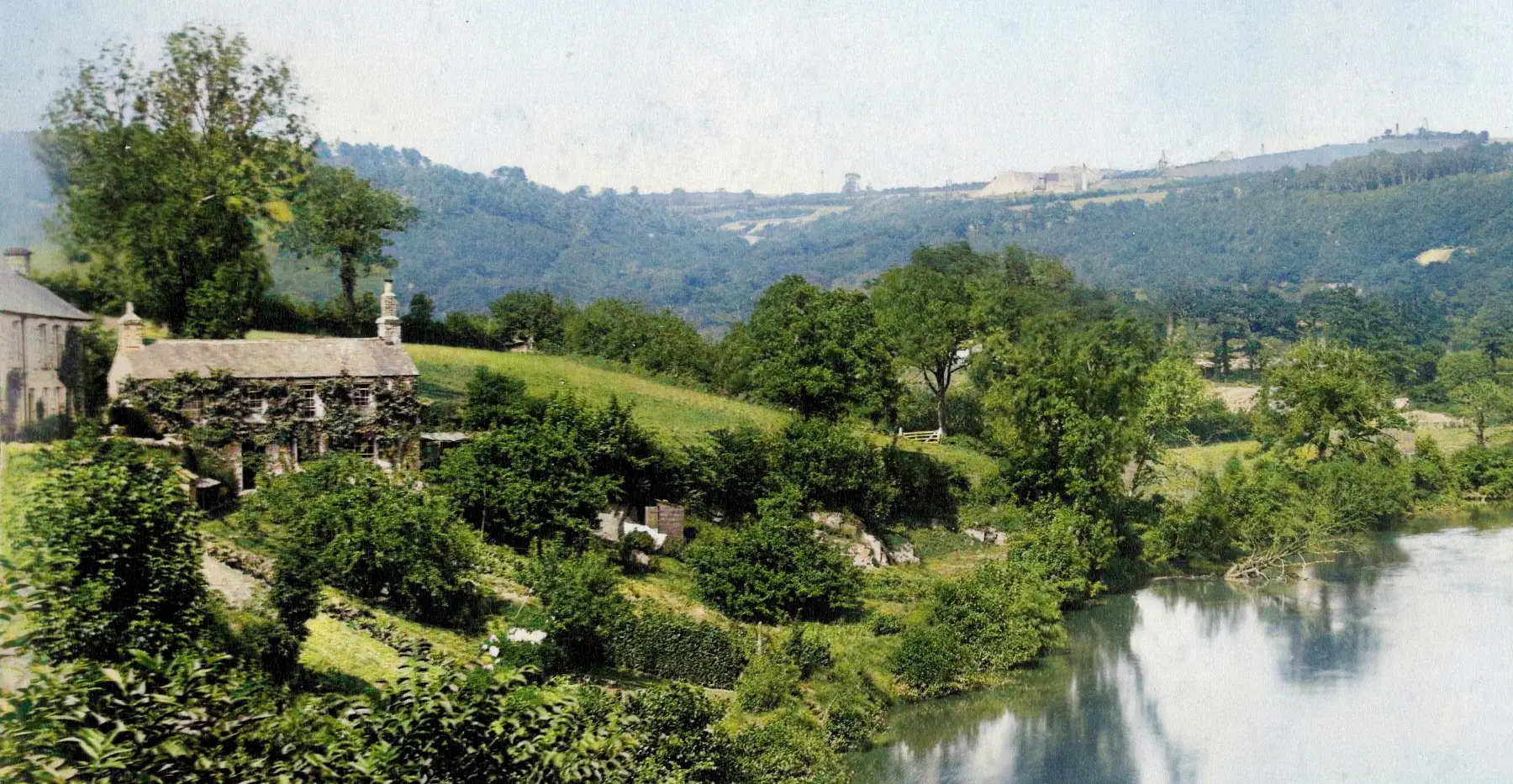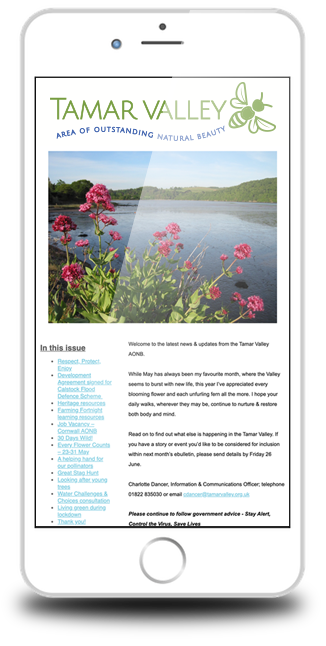The Tamara Landscape Partnership Scheme, funded by National Lottery Heritage Fund, and the Cornwall and West Devon Mining World Heritage Site have undertaken some new research into Mineworkers’ Smallholdings in Area 10 of the Cornwall and West Devon Mining World Heritage Site – the Tamar Valley Mining District with Tavistock.
In total 77 smallholdings were identified in the Tamara Scheme Area spread across the parishes of Calstock, Stoke Climsland and Bere Alston. These smallholdings were leased or owned by mineworkers and varied in size, but usually between 3 and 5 acres. They were used by mineworking families to grow crops, keep livestock and plant orchards to help feed the family and supplement their income.
Using the parish Tithe Maps c.1840 and the 1841 Census Returns, the genealogy of the tenant mineworker and their dependants has been researched for each of the 77 sites and an inventory of what the individual fields were used for has been created. This not only provides a fascinating account of the lives of mineworkers’ families in the mid-nineteenth century, but also provides key information of historic land use and will inform other Tamara led work on orchards, market gardening and allotment ownership.
A copy of the full report – Mineworkers’ Smallholdings within the Tamara Landscape Partnership Area – will be placed in both Kresen Kernow (the Cornwall Archive) and The Box, Plymouth and will be publicly available to view as a digital document.
What will the research be used for?
This research will be vital in informing spatial planning responses made in relation to the World Heritage Site and revisions to local Neighbourhood Development Plans (NDPs) and other landscape strategies. Together these can serve to enhance the protection and conservation of the World Heritage Site. Identifying the smallholding mineworkers present in the valley in the mid-nineteenth century will also be beneficial for those interpreting and presenting it historically, in addition to those undertaking genealogical research into their own families.
Future Work
This work is the basis for an Historic Environment Action Plan (HEAP) for Mineworkers’ Smallholdings and wider family life for mining families; the report gives a baseline for further work and research:
- Identifying other mineworkers in Area 10 of the WHS that did not have access to smallholdings, to complete a fuller picture of the mining community and their lives in the Tamar Valley in the mid-nineteenth century.
- Tracking the immigration and emigration of mineworkers and their families within the Tamar Valley; what skills were imported and exported and its relevance to wider mining history.
- Tracing descendants of the families researched who still live in the Tamar Valley and capturing oral and documentary history.

